Most people take certain things for granted, especially when driving their cars. For instance, it’s a blessing to quickly turn the steering wheel effortlessly at a moment’s notice.
You probably don’t realize how vital power steering is if you’ve never driven any vehicle without power steering.
Manufacturers have refined and improved power steering systems to make them more efficient. One of these improvements is using an electric motor instead of a hydraulic pump.
However, what is electric power steering? Is it better than hydraulic power steering? Here are a couple of things you should know about it.
1 What is Power Steering?
First, what is power steering? For those who don’t know, power steering is a car system that makes it easier to steer by using hydraulic or electric motors to assist in turning the wheels.
The first power steering system was introduced in 1951, and today, almost all cars have some form of power steering.
There are two main types of power steering: hydraulic and electric. Hydraulic power steering uses fluid pressure to turn the wheels, while electric power steering uses electrical signals to activate motors that help turn the wheels.
While power steering generally makes driving more manageable, it can also add weight and complexity to a car and can be less reliable than manual steering.
As mentioned, there are two types of power steering today. The first one is hydraulic power steering. The second one is the electric power steering.
This article will mainly focus on electric power steering, how it works, and other things you should know about it.

2 What is Electric Power Steering?
For those who don’t know, EPS is simply short for Electric Power Steering. It is a system that utilizes an electric device to help you steer a vehicle.
The motor is connected to the steering column and provides power assistance to the wheels. EPS was first introduced in the early 1990s and has become standard equipment for most new cars.
EPS has several benefits, including better fuel economy and lowered emissions. In addition, EPS can provide a more precise level of assistance than hydraulic power steering, making it easier to control the car at high speeds.
However, EPS can also be subject to failure if the system loses power, so it is essential to have a backup plan in case of such an event.
Luckily, many EPS systems come with a manual override that you can use in the event of a power loss.
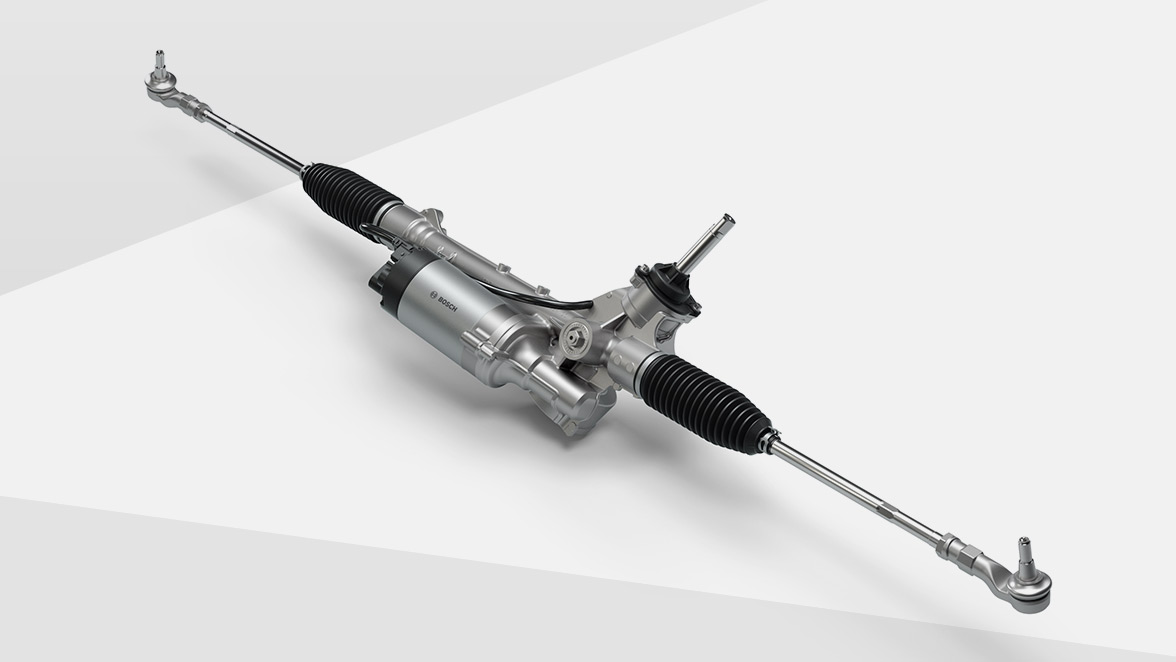
3 How Does EPS Work?
Electric power steering (EPS) is a system that utilizes an electric device to help the driver of a vehicle whenever he or she needs to turn the steering wheel.
EPS is also known as power-assisted steering (PAS) or electronic power steering (EPS). It is a type of steering system that assists the driver of a vehicle when turning the steering wheel.
The electronic power steering system assists the driver in steering the vehicle by providing a torque boost to the steering system.
The electronic power steering control unit can adjust the torque boost. The electronic power steering system does not assist when the vehicle is driven straight ahead.
There are two types of EPS systems, rack-and-pinion, and column-assist. Rack-and-pinion EPS uses a rack-and-pinion gear set to provide steer assist, while column-assist EPS uses an electric motor to aid the column.
EPS systems are used in vehicles because they provide several benefits over traditional hydraulic power steering systems.
One benefit of EPS is that it eliminates the need for a hydraulic power steering pump, which can save fuel. Another advantage of EPS is that it provides a better road feel because there is no hydraulic fluid between the road and the tires.
In addition, EPS systems are quieter than hydraulic power steering systems and require less maintenance.
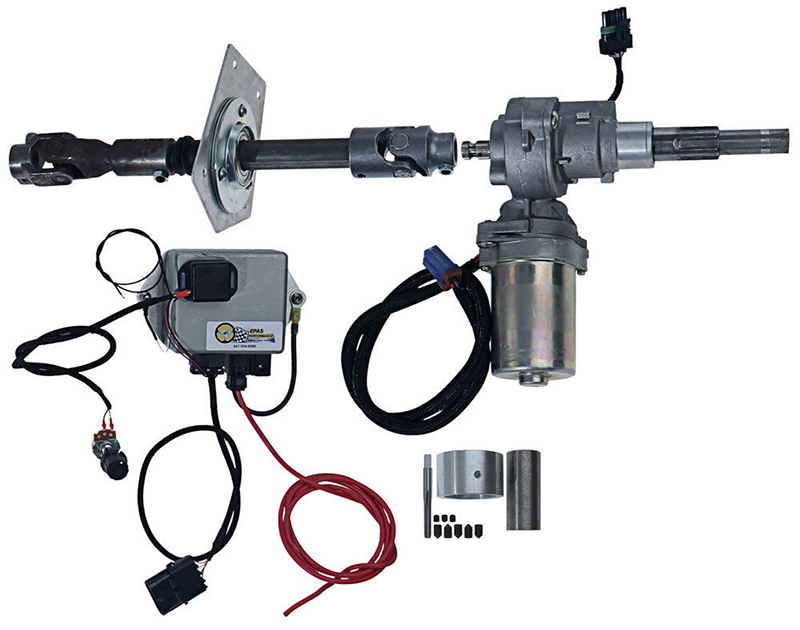
4 Benefits of Electric Power Steering
When it comes to electric power steering, many benefits come along with it. Not only is it more efficient and easier on your car's engine, but it also provides a smoother ride.
Many newer cars are now coming standard with electric power steering, so if you're still driving an older model, consider upgrading to take advantage of all its benefits.
Here are some of the most common advantages that you will get if you have an electric power steering:
1) More Fuel Efficient
There are many benefits to having electric power steering in your car. One of the main benefits is that it is more fuel efficient. With traditional power steering, the engine has to work harder to pump fluid into the steering system.
This puts an extra load on the engine, leading to higher fuel consumption. Electric power steering doesn't rely on hydraulic fluid, so it doesn't put as much strain on the engine.
This can result in better fuel economy and lower emissions. In addition, electric power steering is often lighter and more compact than traditional power steering systems, which can also improve fuel economy.
So, if you're looking for a way to save money at the pump, electric power steering is a great option.
2) Removes the Need for Hydraulic Fluid Maintenance
Electric power steering (EPS) helps drivers steer their vehicles using an electric motor instead of a hydraulic pump.
This eliminates the hassle of hydraulic fluid maintenance and makes it easier for drivers to keep their vehicles running smoothly.
In addition, EPS can improve fuel economy by reducing the drag on the engine caused by the traditional power steering system.
As a result, EPS is becoming increasingly popular as a way to improve the performance of vehicles while also reducing maintenance costs.
3) Saves Weight and Space
Electric power steering is a great way to save weight and space in your vehicle. Hydraulic power steering is bulky and heavy and can take up a lot of space in your engine bay.
Electric power steering is more compact and lighter, making it ideal for smaller cars or cars with limited space in the engine bay.
Electric power steering also offers superior control and feels more responsive than hydraulic power steering.
As a result, electric power steering is the preferred choice for many race cars and high-performance vehicles.
In addition, electric power steering is more efficient than hydraulic power steering and generates less heat, making it ideal for use in hot weather conditions.
4) It is Programmable
Electric power steering is a fantastic addition to any vehicle. Not only does it make steering simpler, but it can also be programmed to provide additional benefits.
For example, many electric power steering systems can be programmed to provide extra support at low speeds, making it easier to maneuver in tight spaces.
Similarly, some systems can be programmed to provide a sportier feel when driving at faster speeds.
Because of this, electric power steering provides a versatile driving experience that manufacturers can customize to suit any driver's needs.
In addition, electric power steering is much more efficient than traditional hydraulic power steering, which means that it consumes less fuel and produces fewer emissions.
As more and more drivers seek to reduce their environmental impact, electric power steering is likely to become increasingly popular.
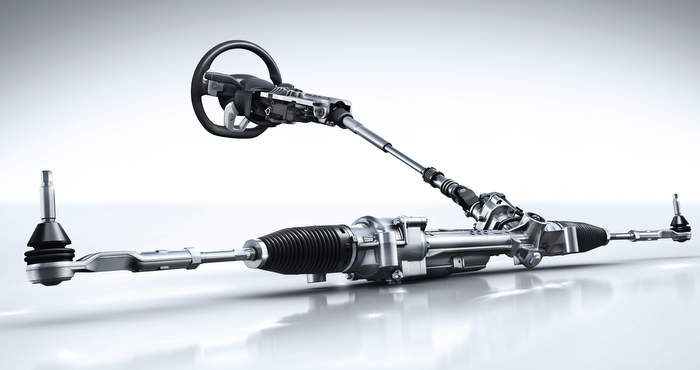
5 Is Electric Power Steering Better than Hydraulic Power Steering?
Deciding whether electric power steering or hydraulic power steering is better for your vehicle is a tricky decision. Both have pros and cons that you must carefully consider before purchasing.
When it comes to electric power steering, the main advantage is that it uses less energy than hydraulic power steering. This can be a significant benefit for those looking to save fuel costs.
The electric power steering also tends to be lighter in weight and more compact, making it easier to install in smaller vehicles.
However, electric power steering can be less reliable than hydraulic power steering and may require more frequent repairs.
Hydraulic power steering, on the other hand, is known for its durability and reliability. It can also provide a smoother ride and more precise control.
However, hydraulic power steering is usually more expensive than electric power steering, requiring more maintenance due to the need to check fluid levels and change filters regularly.
Ultimately, deciding which type of power steering depends on your specific needs and preferences.
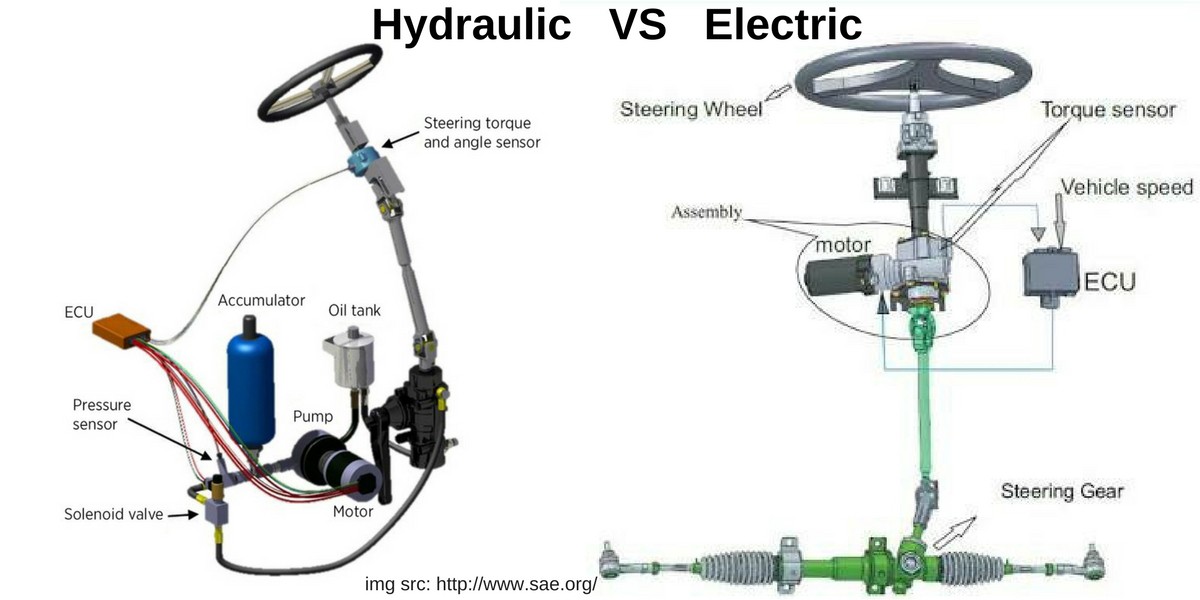
6 How Often Does an Electric Steering Rack Fail?
While the average lifespan of an electric steering rack is around ten years, it's not uncommon for them to fail sooner.
Many drivers report problems with their steering racks after only a few years of use.
The most common symptom of a failing steering rack is a loss of power steering assist. This can make it difficult to turn the wheel, especially at low speeds.
Additionally, you may notice that your steering feels less responsive than it used to be. If you see any of these issues, it's essential to have your steering rack checked by a qualified mechanic as soon as possible.
If left unchecked, a failing steering rack can result in a complete loss of power steering, making it extremely difficult to control your vehicle.
Fortunately, when your steering rack fails, you can hire a professional for a rebuild steering rack service.
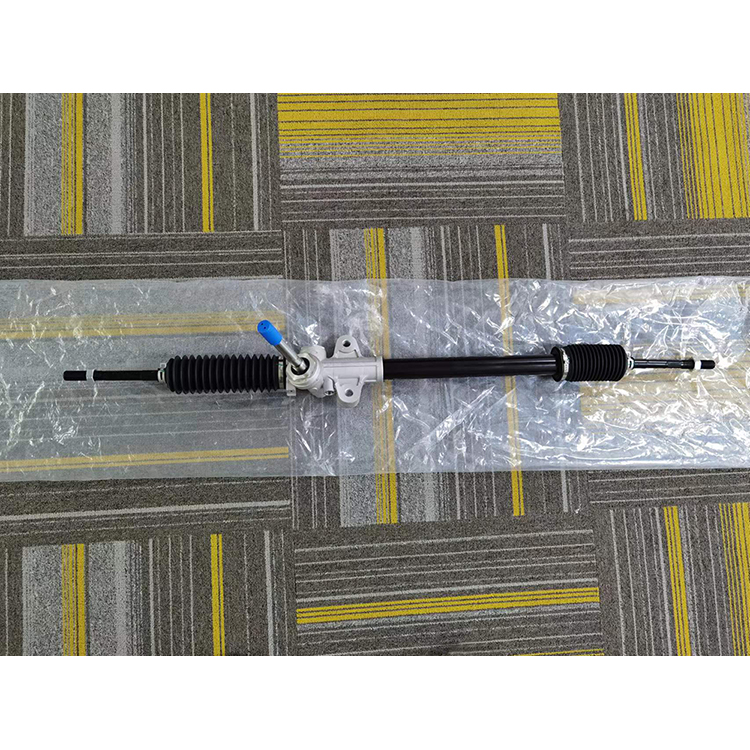
7 What is Electric Steering Rack Reconditioning?
Electric steering rack reconditioning is restoring a steering rack to its original condition. You can do this by replacing damaged components or refurbishing the rack.
Steering racks are often damaged by regular deterioration, as well as by exposure to the elements. To keep your steering rack in good condition, it is essential to inspect it for damage regularly and to have it serviced as needed.
Steering rack reconditioning can help restore your steering rack to its original condition and improve its performance and longevity.
When done correctly, steering rack reconditioning can help you avoid expensive repairs or replacements down the road.
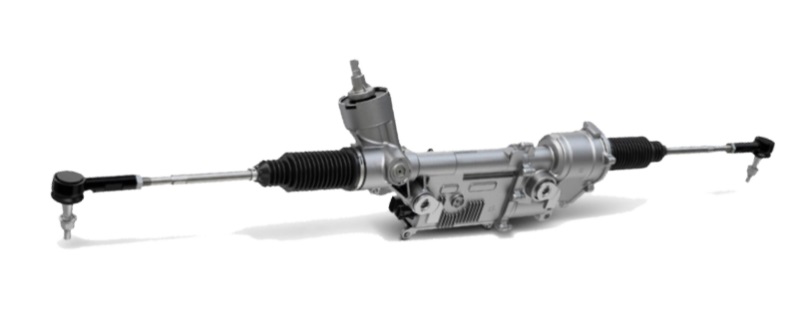
8 Importance of Reconditioning Your Steering Rack
The steering rack is an essential part of your car's steering system. It helps to keep the car stable and helps to absorb shocks from bumps in the road.
Over time, however, the electric steering rack can become worn out and need to be reconditioned. If you don't recondition it, your car will become harder to steer, and you may notice a difference in how it handles.
In addition, your car's steering will be less effective, and you may notice more vibrations in the steering wheel.
Reconditioning your steering rack is difficult, but it is essential to ensure that you get a new one that is compatible with your car.
You can usually find these at your local automotive store or online. Make sure to follow the instructions carefully to avoid any problems with your car's suspension.
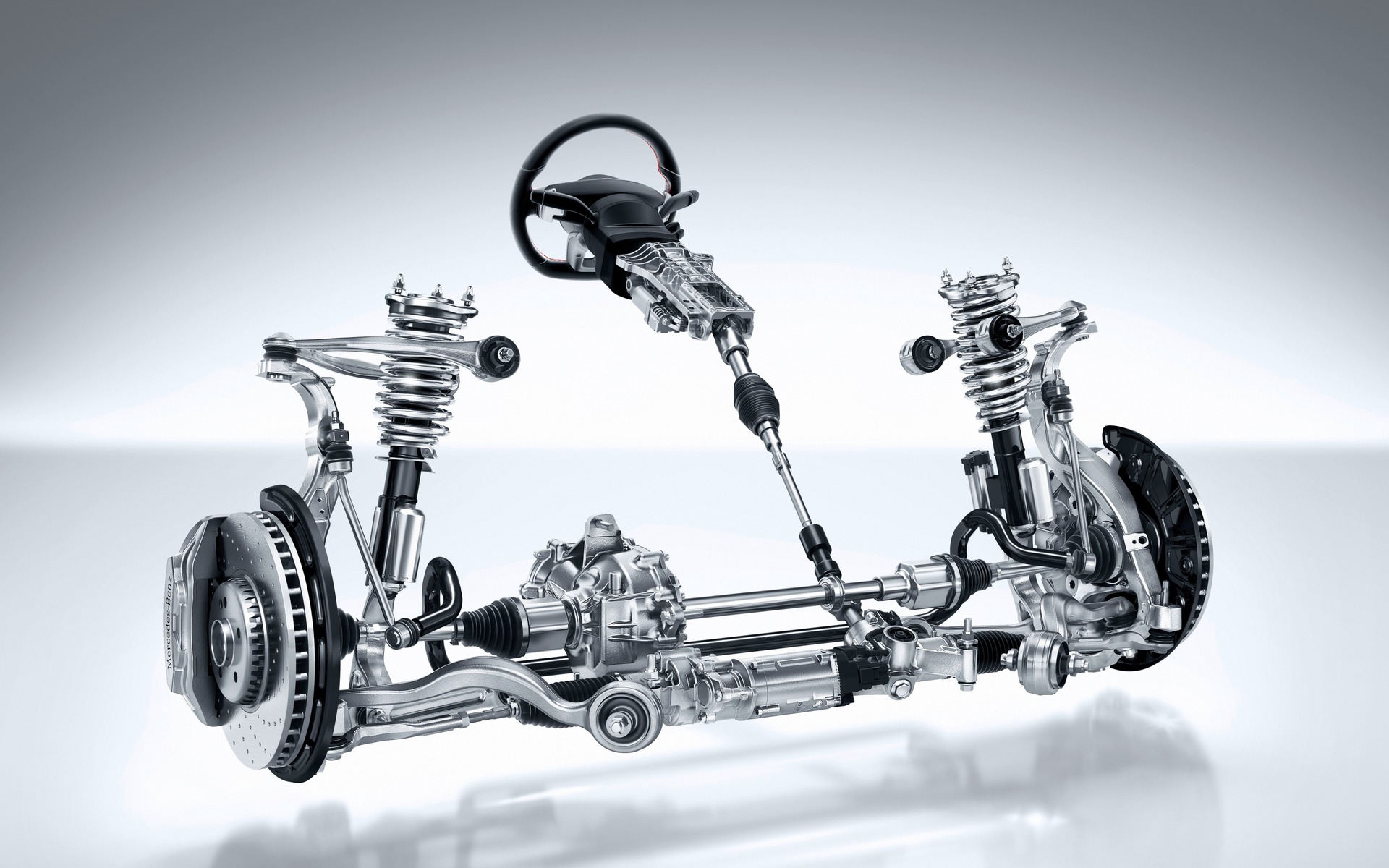
9 How to Do Electric Steering Rack Reconditioning?
If you’re reading this article, chances are you want to do the job independently. However, you should always note that reconditioning your steering rack is not an easy job.
You will need the right tools and skills to do it. In addition, you’ll also have to invest a lot of time since the process takes a long time.
However, if you want to do it on your own, here are a few steps you need to follow.
- First, you have to remove the steering rack from your car. This process alone takes a lot of time and effort. It also requires some specialized tools that you might not have.
If you don’t know how to remove the steering rack from your vehicle, a couple of videos online will guide you through the process.
- Once you successfully remove the electric steering rack, the next thing to do is to wash and clean the unit to get rid of grease.
- After you completely clean the electric steering rack, After that you have to evaluate the steering rack and search for any issues.
- Once done, you must strip the entire electric steering rack system down to its components.
- Next, clean every component of the steering rack and check for any damage. If you detect any defective parts, you will have to replace or repair them.
- After you replace all the damaged components, the next thing to do is to assemble the unit.
- Once you’re done assembling the electric steering rack, you need to install it back in your car.
- Finally, you need to test your vehicle first to ensure the steering system is working correctly before you drive it on the road with other cars.
As you can see, the process of rebuilding or reconditioning your steering rack is a bit complicated. Unless you’ve got the skills and tools needed, it might be best for you to just hire a professional.
Though it might cost you upfront, you won’t have to worry about doing the job yourself.

10 Should You Hire a Mechanic to Recondition Your Electric Steering Rack?
It's no secret that car repairs can be expensive. In fact, according to a recent study, the average person spends $1,200 on car repairs every year.
And when something goes wrong with your car, it's not always easy to know what to do about it.
That's why it's often best to hire an auto mechanic to take care of the electric steering rack reconditioning. Not only will this save you time and hassle, but it can also save you money in the long run.
Auto mechanics have the training and expertise necessary to recondition the electric steering rack of your car.
They know how to diagnose every potential issue and develop practical solutions properly. This means you can avoid costly - and often dangerous - mistakes by leaving the repair work to the professionals.
Auto mechanics also have access to high-quality steering rack components and tools that most people don't have at home.
This allows them to do more complex jobs quickly and effectively.
Finally, auto mechanics are familiar with the latest automotive technology advancements. They can help keep your car running like new - even as new technologies emerge on the market.
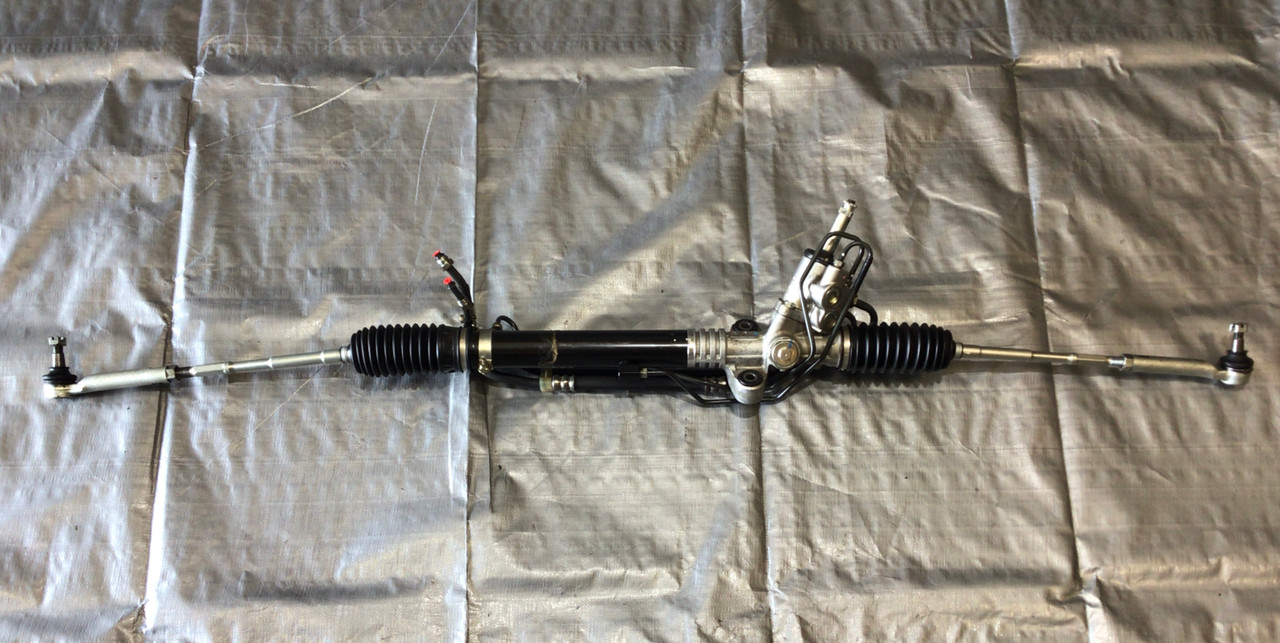
11 How Much Does Electric Steering Rack Reconditioning Cost?
Most people would never consider steering rack reconditioning a necessary car maintenance expense.
However, if you're like most drivers, you'll use your steering rack daily. Over time, the constant use of your steering rack will take its toll, and eventually, it will need to be reconditioned.
But how much does this cost?
The average cost for an electric steering rack reconditioning is between $350 and $900. Labor expenses are expected to be around $200 and $500. On the other hand, some mechanics price their components around $150 and $400.
Take note that this doesn’t include fees and tax and does not factor in your unique location. You may also need related repairs.
When the rebuild steering rack process is done by a professional, they will inspect the vehicle to ensure it is safe to work on.
They will test-drive it to ensure the steering feels tight and responsive. After that, they will check for leaks in the power steering system.
Finally, they will recondition the rack by removing all the old fluid and contaminants.
They will then refill it with new fluid and test drive it again to ensure the steering feels tight and responsive.
The Previous Articles: Steering rack Diagram What Is Rack and Pinion Bushing? How To Tell If Rack and Pinion Bushings Are Bad? Why Steering Rack Makes Noise When Turning? How To Rebuild A Steering Rack? What Is A Rotary Valve Power Steering Rack? Rack And Pinion System Vs Power Steering System: What Are The Differences? Power Steering Rack Market Analysis Report (Japan Market) What Causes Steering Rack to Go Bad? Design Of Car Rack And Pinion Steering Racks What Is The Intelligent Steering Rack Used By VW, Toyota, Honda And Renault?

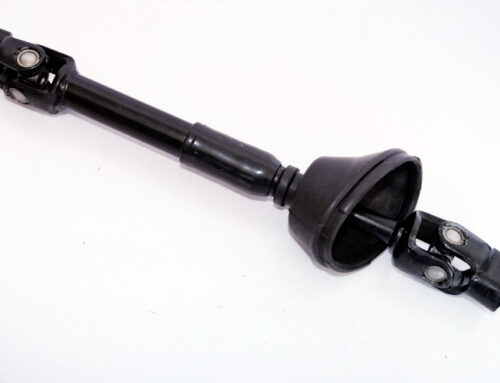
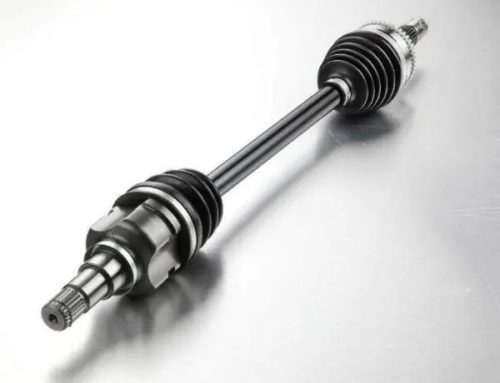
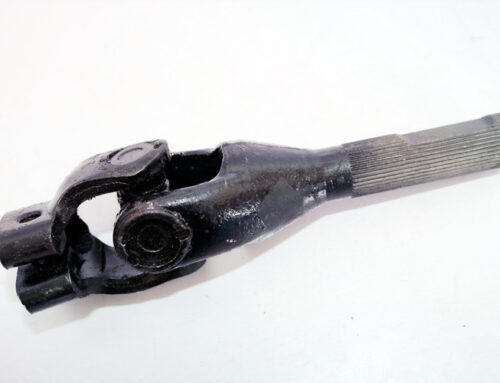
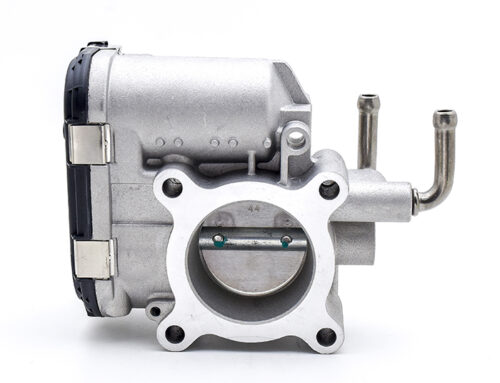
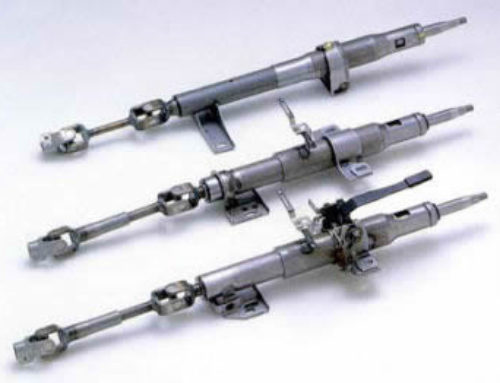
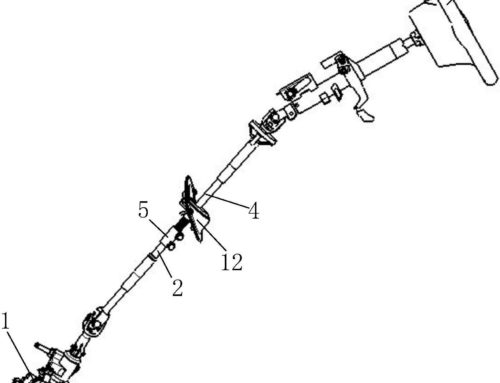
Leave A Comment